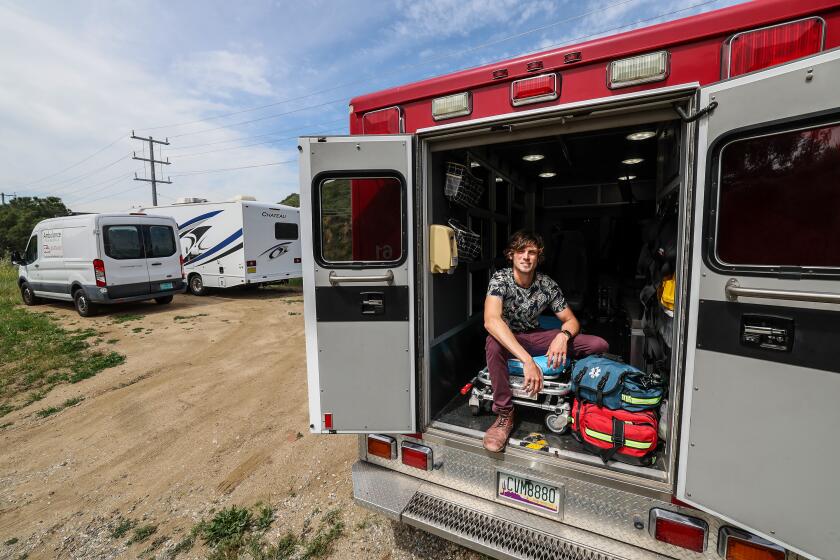Downside of reverse loans
Reverse mortgages, which allow elderly homeowners to borrow against their home equity without selling the property, encourage people to remain in older housing that may be unsafe for their diminishing physical abilities, according to Stephen Golant, a University of Florida professor who analyzed 1999 Census data describing the characteristics of the accommodations of more than 17,000 older homeowners.
Between April 2003 and April 2004, the number of reverse mortgages increased by 112%, according to the National Reverse Mortgage Lenders Assn.
Holders of these mortgages are disproportionately poor and, because they often are in their 70s and 80s, more likely to live alone, Golant said. More than half occupy dwellings at least 40 years old, so they are more likely to be run-down, unsafe and uncomfortable.
Because older people can be frail or afraid of dealing with home repair workers, they often don’t make improvements that could prevent accidents, such as installing grab bars in the shower to prevent falls, he said.



